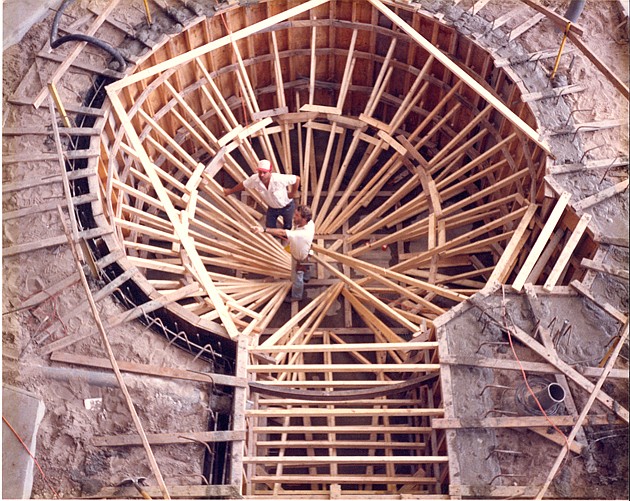- December 15, 2025
-
-
Loading

Loading

 EXPERIENCE AND PRICE:
EXPERIENCE AND PRICE:
The construction industry went through a significant transition roughly 15 years ago, following state legislation allowing public entities to consider experience and ability along with price. This process, known as a “soft bid,” differs from the traditional “hard bid” approach where contracts were awarded based solely on price. This change allowed Willis Smith to offer a number of new services, including design/build.
“We had to increase our modeling capabilities to be able to project not just current costs, but two years down the road,” President and CEO David Sessions says. “It was quite a moving target through the early 2000s with all the [materials and labor] escalations.”
During and following the recession, the hard-bid process has had a limited resurgence, forcing Willis Smith and its competitors to be nimble in pursuing public and private work.
SUCCESSFUL SUCCESSION:
Each time the company has been sold, it has been done through a multiyear transition/executive training process. New owners, who have all been current employees, learn the intricacies and challenges of running the business under the experienced eye of the current owner.
INJECTION OF YOUTH:
Starting in the early 2000s, Willis Smith began grooming future employees from the University of Florida M.E. Rinker Sr. School of Construction. The general contractor targets the best and brightest with internship offers. Sessions says the goal is to entrench them in the company culture and then bring them on full time when they graduate. The result is much of the company's employees and its management staff are in their mid-30s.
FOOT ON THE GAS:
Although 2002 turned out to be a single-year dip in new construction, it represented a tremendous challenge to the firm and the entire construction industry. During those difficult days, Sessions took the time to formulate a new strategic plan with long-term goals for the company's mission, revenue, customer service and organization. At the same time, the company also created a business development department to attract new business.
“We increased our overhead and became very aggressive [in going after projects],” Sessions says. “Through a lot of luck the timing turned out perfectly.”
The long-term result, Session says, is the business plan held the firm back from unrestrained growth during the heyday, which could have killed the company in the crash. On the flip side, the firm had an achievable backlog to help sustain it.
COOLING MARKET:
Around 2008, Session says the company realized it was no longer realistic to focus on growth. There was simply too little work.
“So we threw our out revenue goals,” Sessions says. “We simply had people goals. We recognized that our single biggest asset is the people we had and making sure everyone continued to have a job.”
The firm started pursuing projects it previously considered too small or less desirable.
“The surprising result, we've found, is that when we focused on our employees we've seen better-than-expected revenues and profits,” Sessions says. “Our employee count is pretty close to where it was during the busy time.”